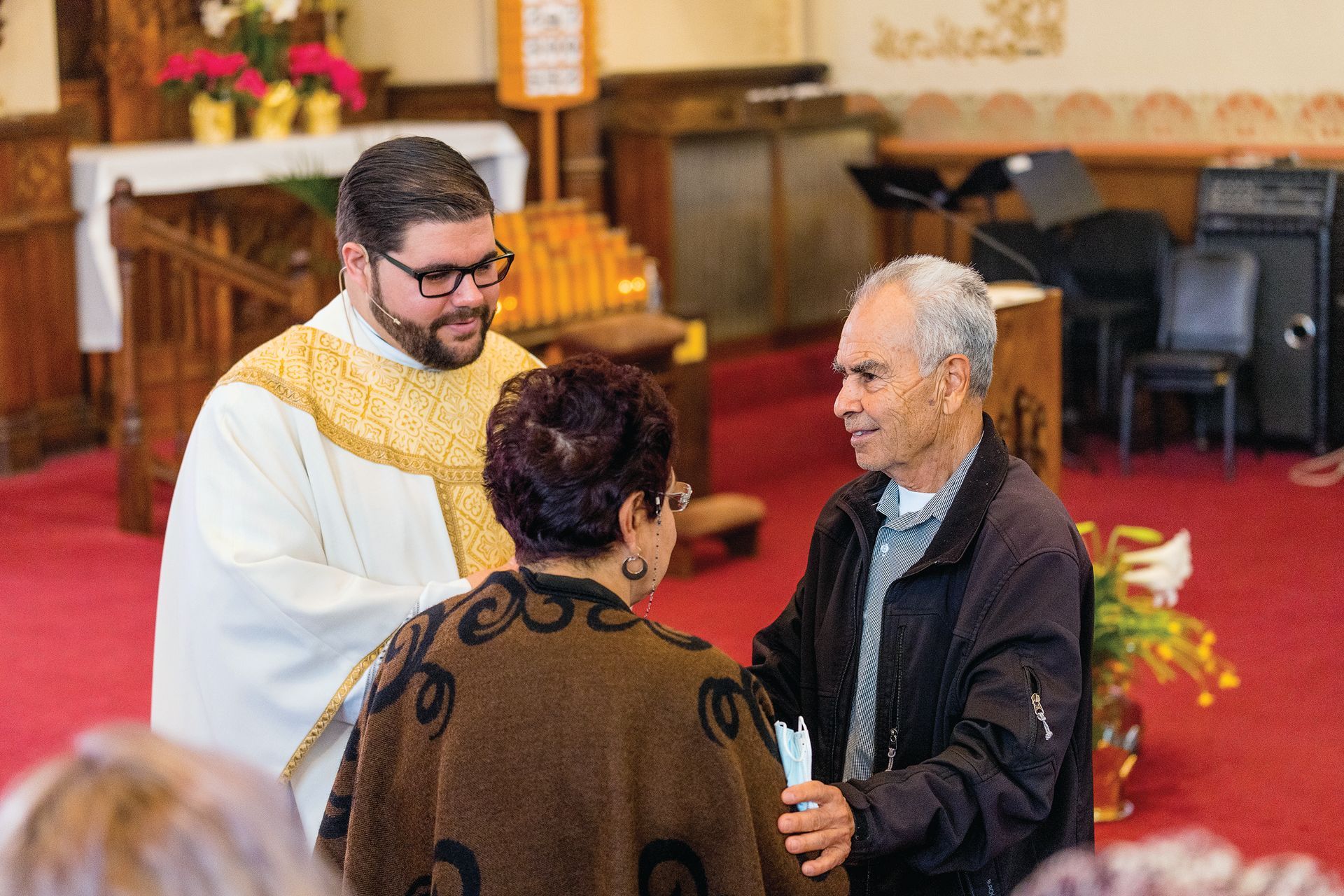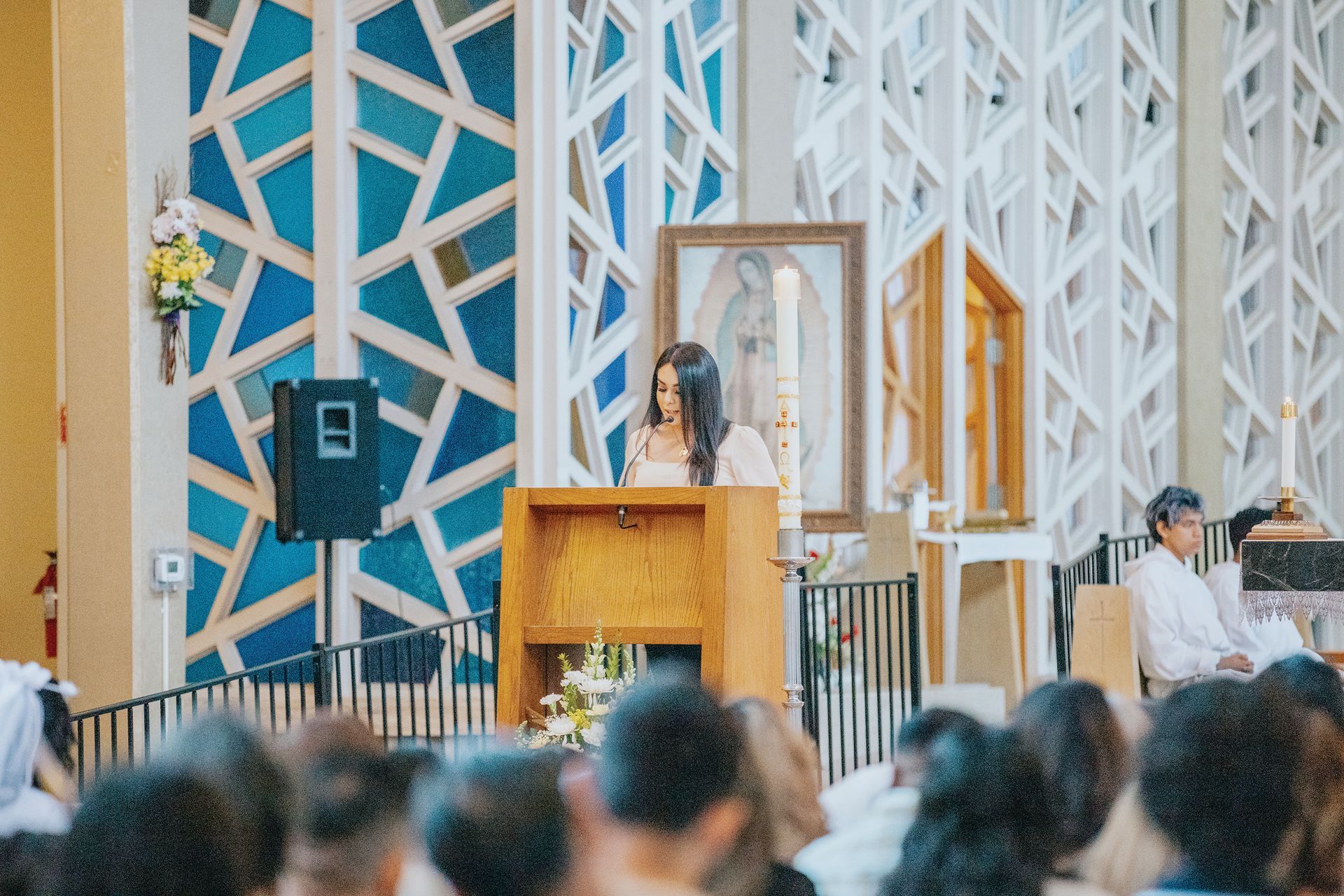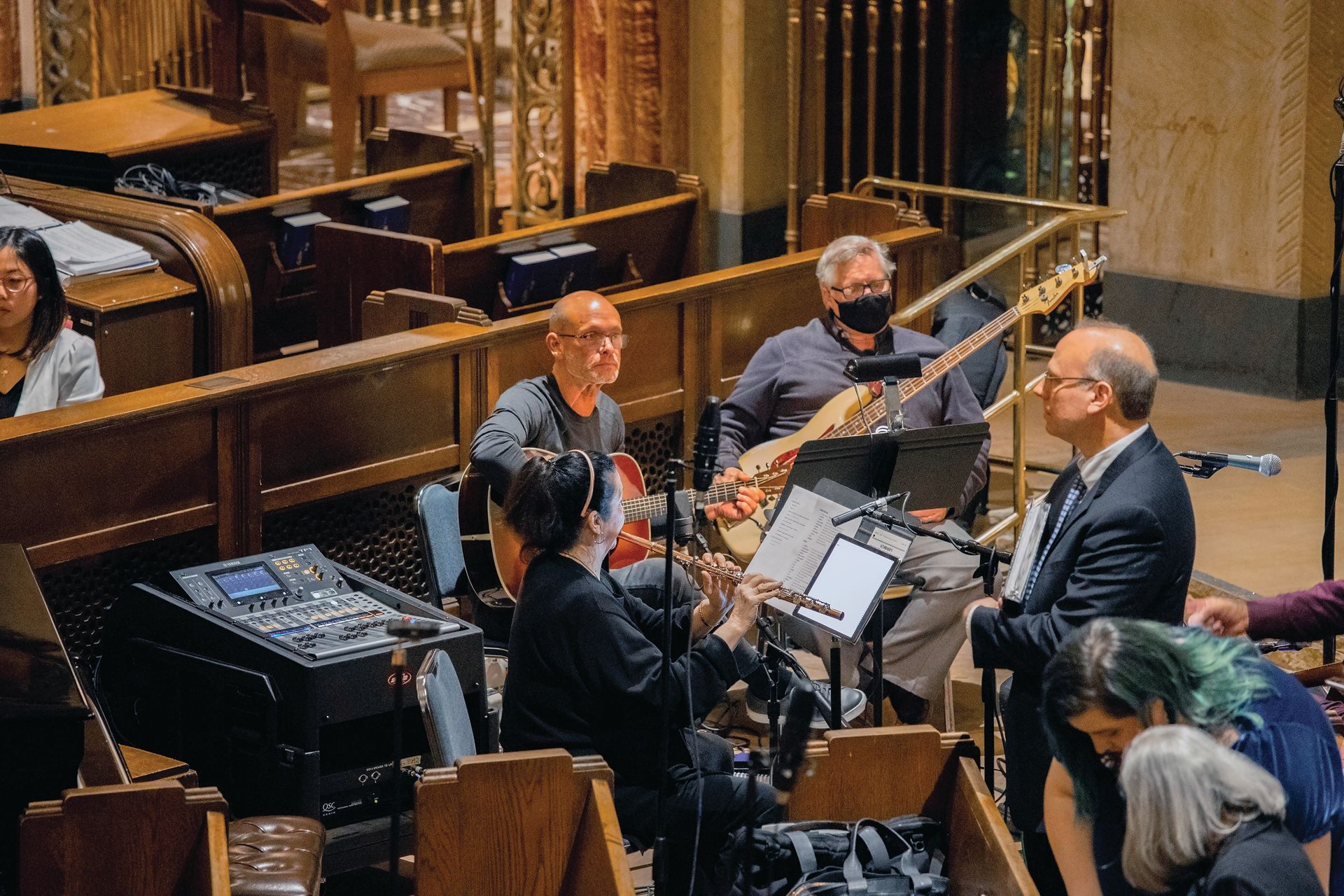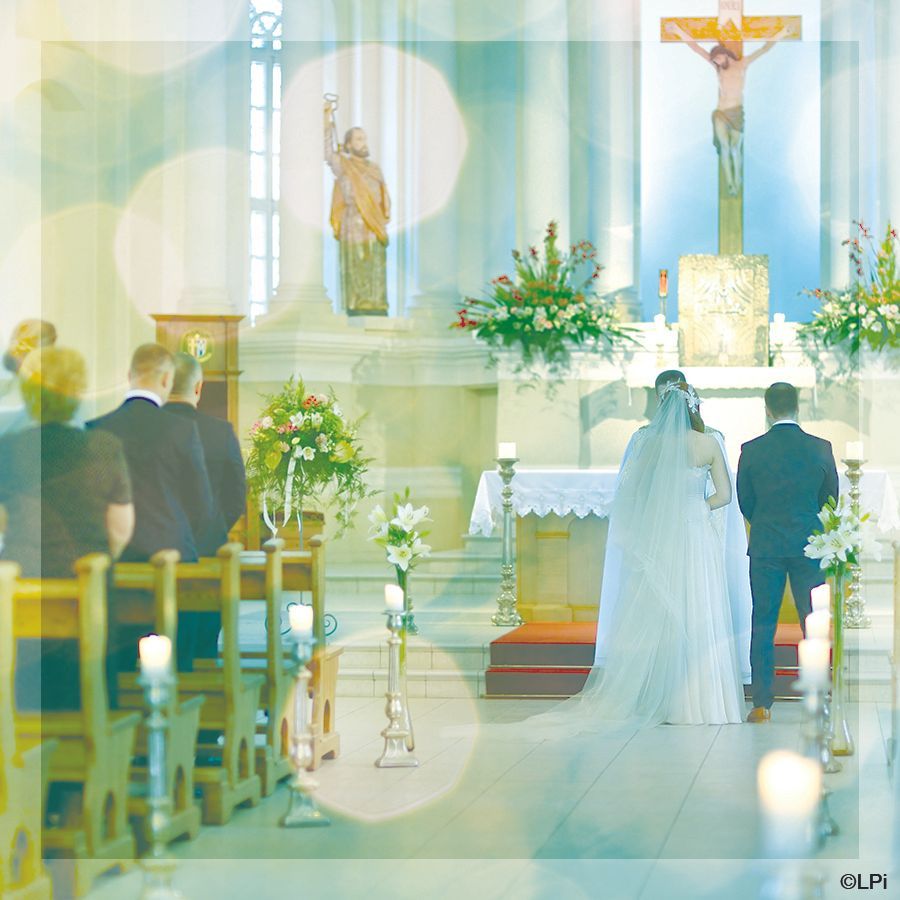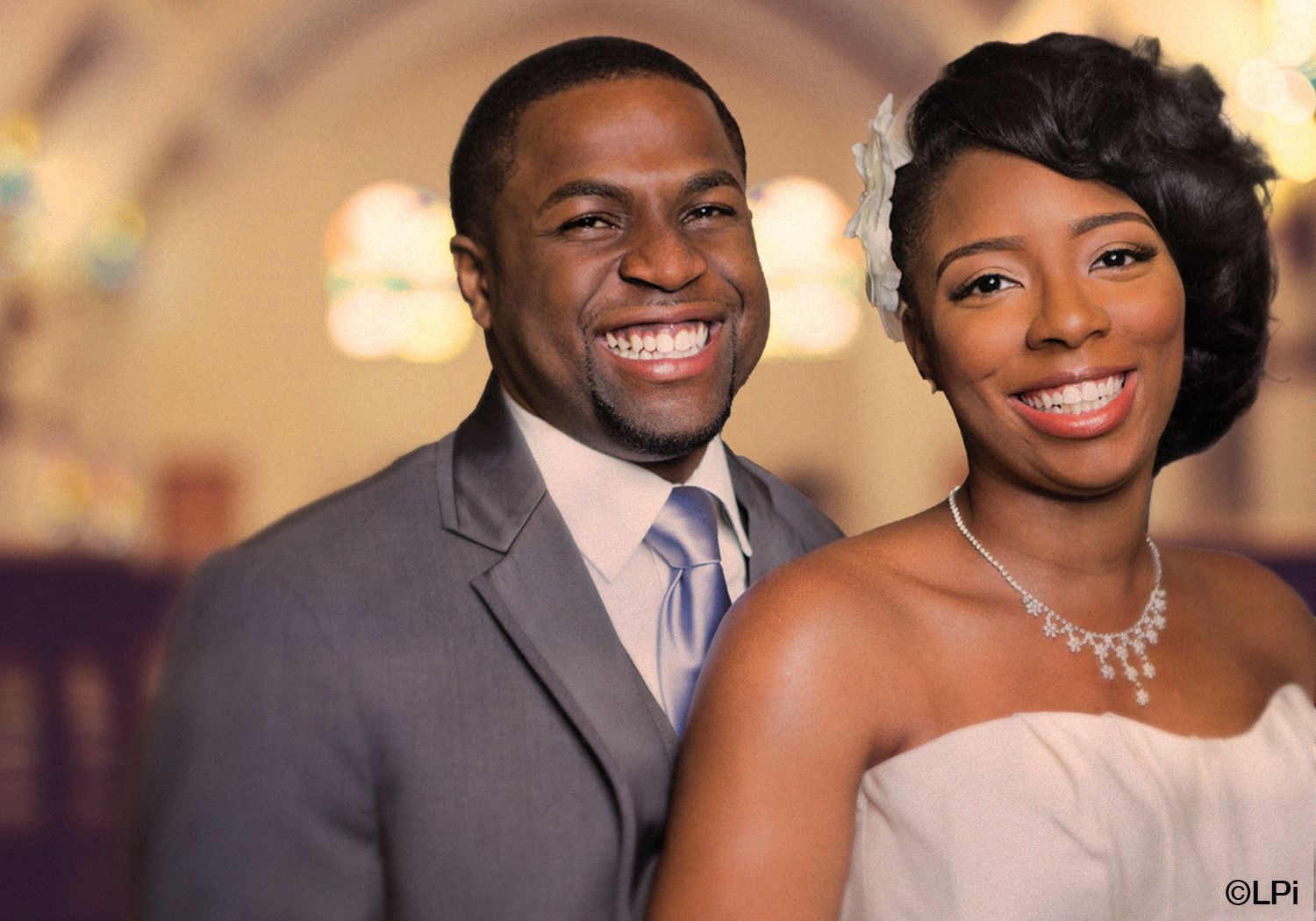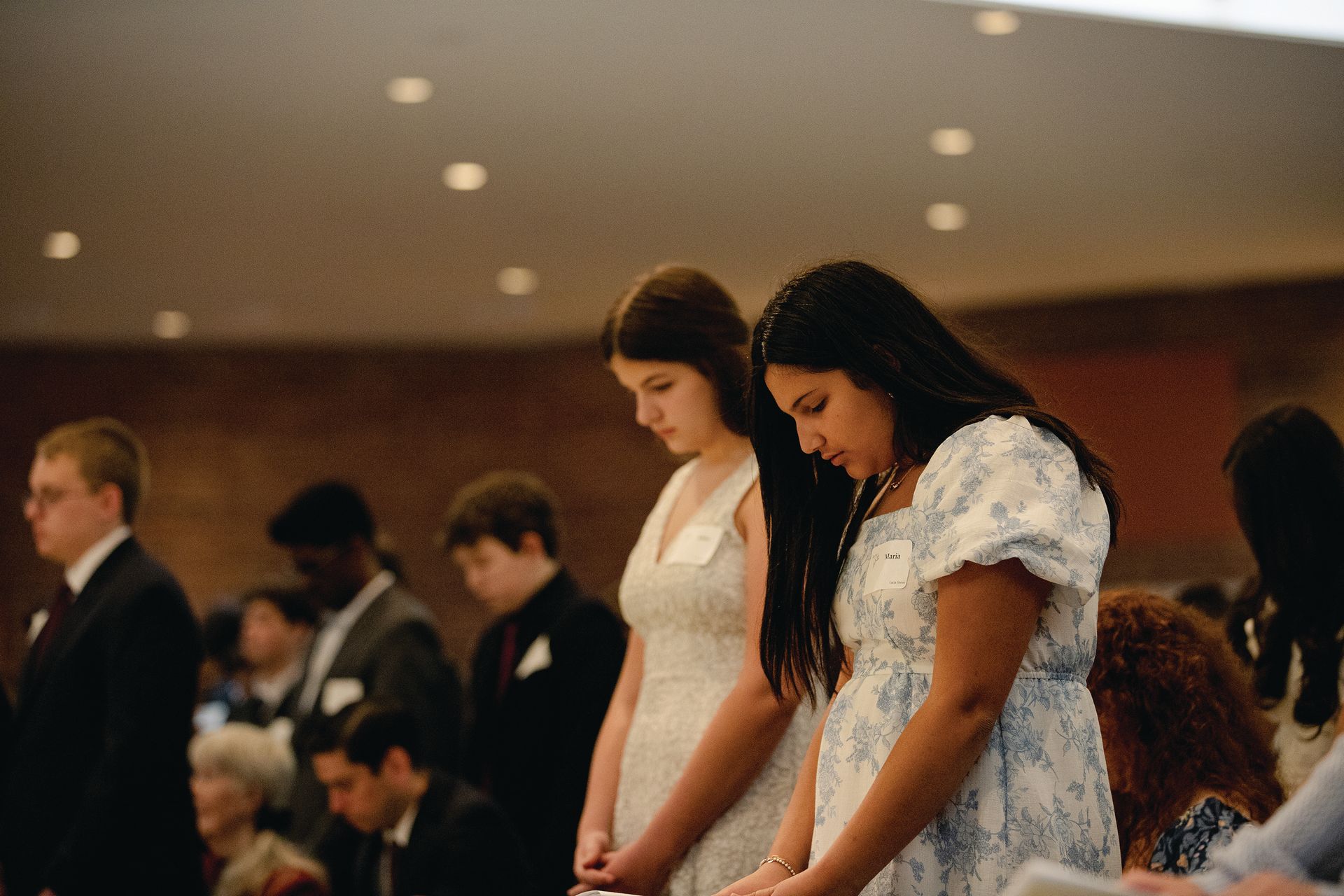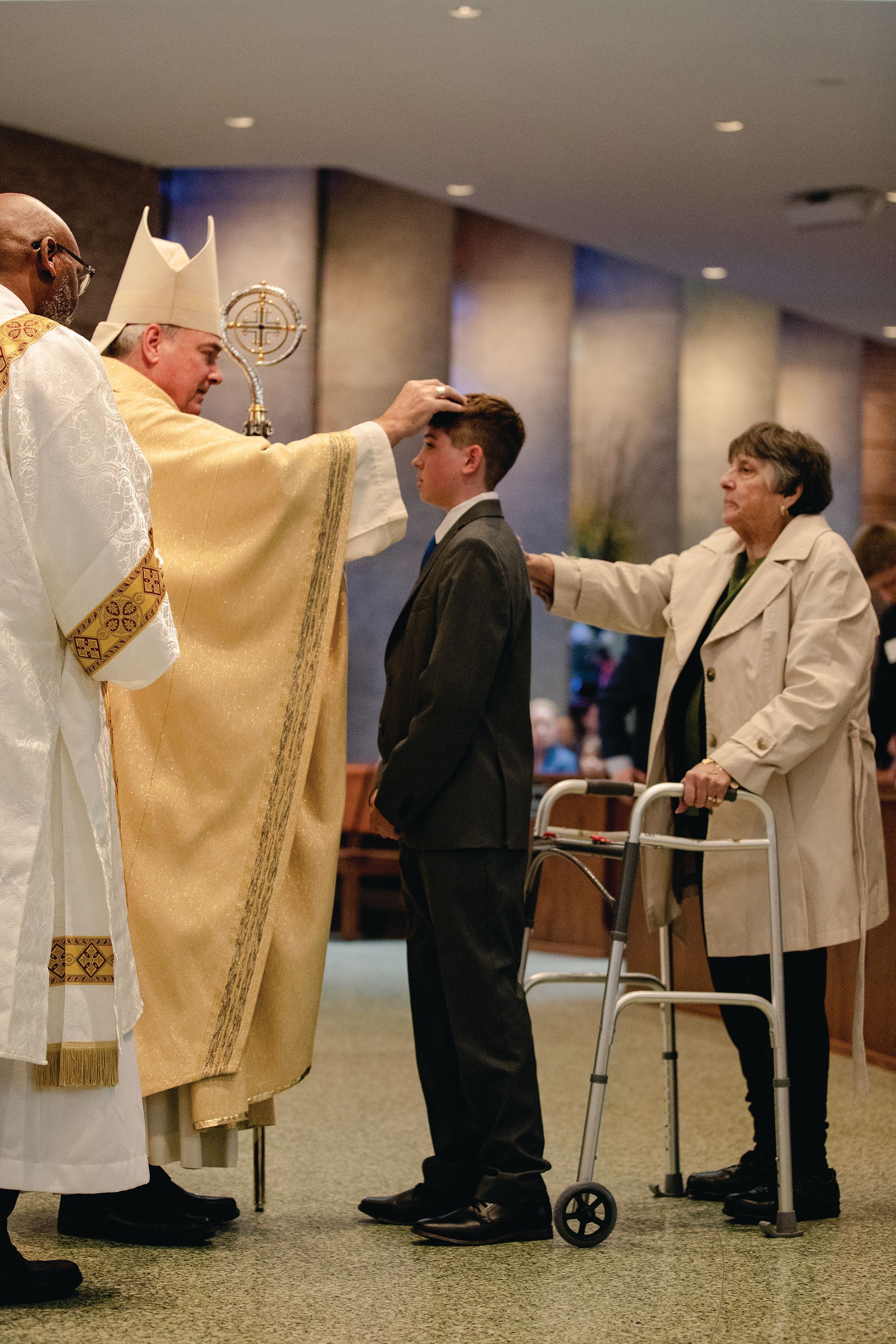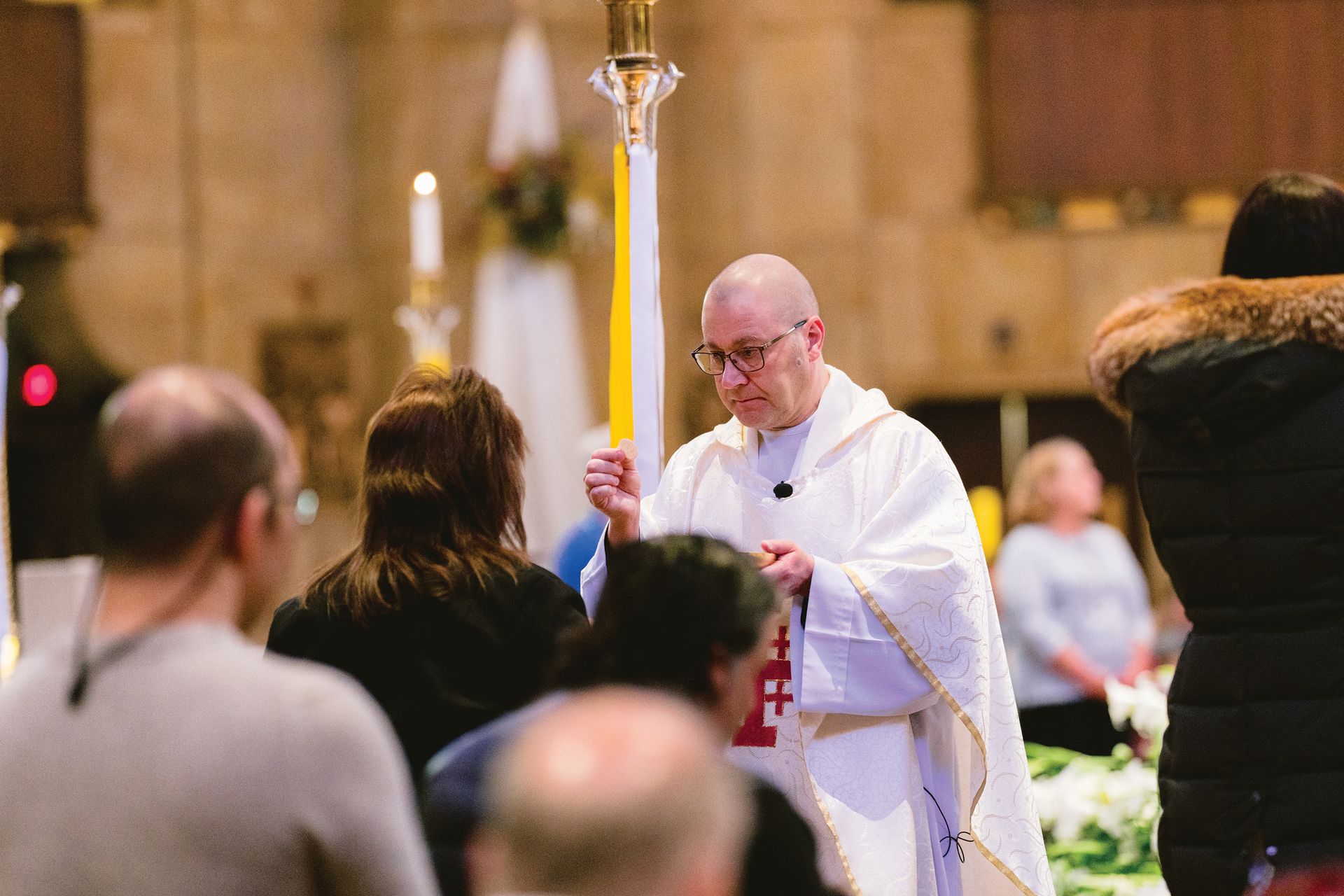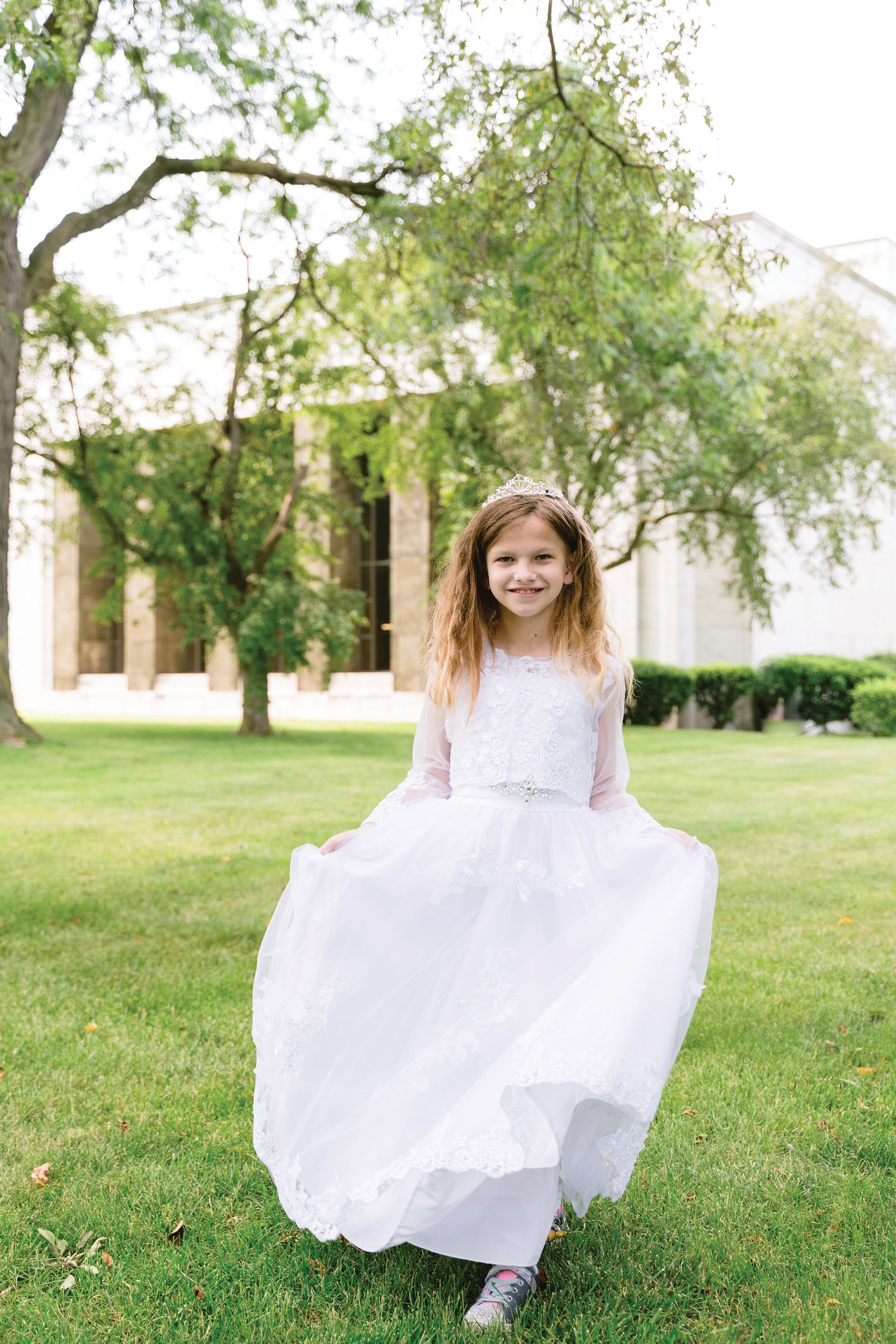The Liturgy Course: Choosing a New Name
CONFIRMATION NAME
A Catholic is called by name during the administration of Confirmation. A bishop or priest anoints the forehead of the one being confirmed and says, “N., be sealed with the gift of the Holy Spirit” (Order of Confirmation, 27).
Some people claim a new name at Confirmation, but this practice appears nowhere in the canon law or the liturgical law of the Church. The Rite of Confirmation seems to have the Baptismal name in mind.
The origins of choosing a Confirmation name are not clear. Centuries ago, a bishop could impart a new name on someone whose given name seemed inappropriate for Christianity. In later years, those preparing for Confirmation were urged to adopt a new patron saint. As the age for Confirmation rose during the twentieth century, the choice of a new name fit the growing opinion that Confirmation signified the self-appropriation of faith received in infancy.
Confirmation may be conferred on many different occasions, but only once in a person’s life. When adults or children of catechetical age are baptized, they are confirmed in the same ceremony. When Catholic infants are baptized, they celebrate Confirmation at a later age. When baptized people wish to enter the full communion of the Catholic Church, they are confirmed at the same time. In danger of death, anyone, even an infant, may be confirmed.
In none of these instances does the Order of Confirmation call for a new name. Instead, the rite draws connections to the Baptismal ceremony. If Confirmation follows Baptism immediately, it may take place at the font. If it is conferred years after Baptism, the godparents should return as the Confirmation sponsors, and Baptismal vows are renewed. For these reasons, the best Confirmation name is the Baptismal name.



